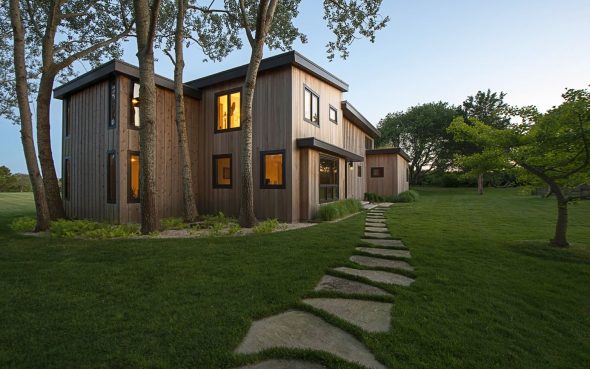How to make your home more eco-friendly

As climate crises emerge and escalate around the world, an increasing number of people are looking for ways to avoid contributing to the problems by establishing green practices in their own lives. While large-scale sociocultural and geopolitical efforts such as the Paris Accord are often the focal point of discussions around environmentalism, individual consumer and lifestyle habits are a significant contributing factor. You can make a difference by implementing changes at home. Choosing eco-friendly products and practices helps embed a climate-aware ethos in your day-to-day life, and contributes to real improvement in aggregate as your friends, family, and neighbors also see green living as a viable choice.
Join the growing wave of climate awareness with eco-friendly purchasing and lifestyle habits by examining the following opportunities.
1. Target energy savings
Energy and natural resources power our devices, lights, and appliances, and provide water for cleaning and drinking. There are many opportunities for you to make a difference by improving the efficiency and sustainability of your resource use. For example, high-efficiency fixtures, appliances, and light bulbs are widely available, and frequently offer long-term financial savings. Integrating renewable energy sources such as geothermal, wind, or, increasingly, solar, are good eco-friendly choices. When building a new home or completing renovations, look for contractors who understand good environmental design. Simply orienting a home well on its site, and implementing appropriate building materials in the design, can create enormous energy efficiency by using wind and light effectively to retain heat or naturally cool the house. Upgrading windows, insulating and sealing, or making the structure permeable, can all contribute to increased eco-friendliness in a structure when used appropriately.
2. Invest in quality
An excellent way to reduce waste is to focus purchasing investments on quality. Build a home that will last, choose furnishings that can be refinished or adapted to suit evolving needs and tastes, and spend the extra amount up front for longer-lasting, better-constructed, and more durable products that you won’t need to replace as often, or at all. Look for well-made products from responsible producers that incorporate eco and ethical considerations, such as local production, recycled materials, ethically sourced materials, and repair or guarantee programs.
3. Go organic (& biodegradable)
This often comes as part of the package when you invest in quality, but look for purchases that, while they may have a long lifespan, will be safe and biodegradable at the end of it. Generally, this means you’ll want to avoid plastics as much as possible, particularly ones that are not recyclable, and look for products that are made from other materials such as wood, natural fibers, ceramics, or minerals. Look for organic, biodegradable alternatives for home construction materials, furnishings, and every day products. For instance, why not install eco-friendly wooden shutters instead of vinyl or aluminum? With choices like this, you can combine the benefits of organic, reusable, and recyclable materials that can be finished and refinished to taste with the benefit of passive environmental design that reduces the need for energy-intensive heating, cooling, or lighting, by allowing you to direct light mechanically.
4. Get creative about reuse
Starting with a purchasing attitude that prioritizes organic, biodegradable materials is smart, but you can achieve even more eco-friendly outcomes by looking for opportunities to reuse things yourself. Rather than discarding, recycling, or donating used items or materials, take a moment to consider if you can put them to work yourself. Can it be repaired, refreshed, or repurposed? Taking the effort to reuse the things in your home can help you be more intentional about purchases in the first place, and avoid wasteful packaging or ephemeral, lower quality goods.
5. Enjoy natural
This has come up in several forms already, but it bears repeating. Natural products are often less damaging to you and the environment before, during, and after their lifecycle has run its course. Your regular home practices, as well as your purchasing habits, can benefit from more awareness of eco-friendly choices. In addition to choosing biodegradable, natural, and recyclable materials for more lasting products, take a look at what consumable goods you use and whether chemical and synthetic components can be replaced by effective natural alternatives. There are an increasing number of effective household cleaners, cosmetics, and edibles that reduce or avoid damaging chemical and synthetic ingredients that make their way into our environment.
You can improve the environment and contribute to real change by making eco-friendly purchasing and lifestyle decisions. With greater awareness, the way you power your life, build and maintain your home, decorate, and supply your day to day life can reduce your environmental footprint, limit or eliminate harmful emissions and waste, and contribute to the growing movement of social change towards eco-friendly living choices.